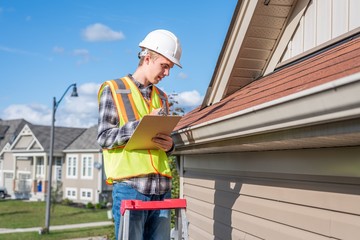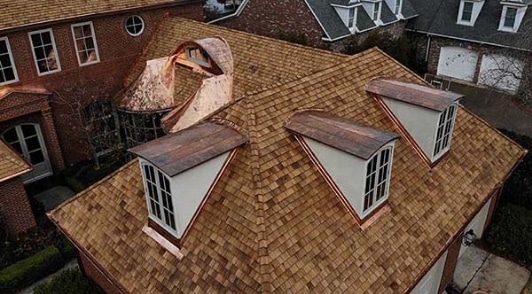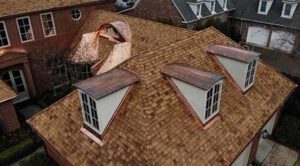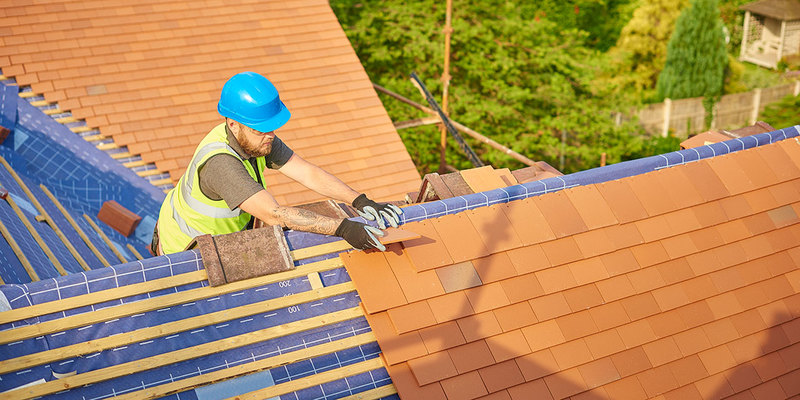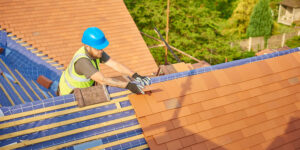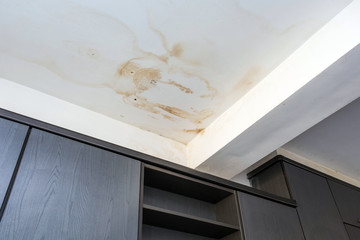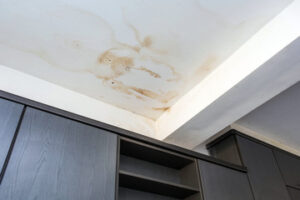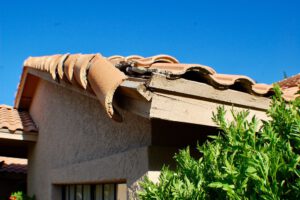Roofers Wilmington DE build and repair roofs. They may specialize in residential or industrial roofing. They collaborate with other construction professionals, such as carpenters and electricians, on construction projects.
Small businesses focus on residential roofing, working on single-family homes and multi-unit housing complexes. They often interact with clients, addressing their questions and concerns. They may also give sales presentations, starting with the highest-priced options.
Whether you are building a new home or replacing your current roof, there are many different roofing materials to choose from. Some are more expensive than others but each adds value to your house and holds up well over time with the right care. Choosing the best material to suit your environment, personal preference and house style will require some research.
Asphalt shingles are a popular option for most environments. These roofs are made from thin sheets of a mix of organic and inorganic materials with a coating that helps them resist damage. They are available in a wide range of colors and styles. Some are designed to mimic more expensive tile or shake roofs.
Clay or concrete tiles are another popular option for rooftops. These roofs are a great choice for warmer climates and can stand up to high winds. They are also non-combustible, which makes them a safer choice than most other types of roofs. However, they are quite heavy and may need additional framing to support their weight.
Rolled roofing, which is often called mineral-surfaced roofing, is a common choice for low-slope residential roofs and outbuildings like sheds or garages. It consists of large rolls of asphalt-impregnated material topped with mineral granules that are either torch down or nailed into place. Rolled roofs are cheap to install, but they don’t offer much in the way of aesthetics.
Slate roofs are an attractive option for luxury homes. These roofs, which are composed of thin sheets of real stone, are fire-resistant and durable enough to withstand hail and high winds. However, they are very expensive to install and must be installed by a professional.
Training
Roofers need to have training and certifications in order to do their jobs well. A high school diploma is usually the minimum educational requirement, and taking courses in carpentry or related subjects can help a would-be roofer learn the basics. Many roofers, however, start their careers without any formal education and train informally while working with experienced roofing professionals. Depending on the company and its methods, new hires may need to undergo three or more years of on-the-job training before becoming proficient.
Other roofers choose to join trade unions or contractor associations that offer apprenticeship programs. These typically last three or more years and combine a planned program of work experience with classroom instruction. Apprentices are often paid while undergoing training, and they may earn additional pay as their skills and knowledge improve. This is a good route for someone who wants to gain the skills of a professional roofer, but it can be expensive.
Regardless of the method of learning, roofers need to have physical strength and stamina, as well as a comfort level with working at heights. They also need to be detail-oriented and able to follow instructions precisely. They should also enjoy working outdoors and with their hands. In addition, some states require that roofers be licensed and obtain training or certification through the Occupational Safety and Health Administration. Certification through a professional organization like the National Roofing Contractors Association (NRCA) can also demonstrate commitment to professionalism and top-notch workmanship.
Getting Started
Many roofers earn their credentials through apprenticeships or completing relevant training programs, but it is also possible for a skilled individual to start a roofing business as an independent contractor. As a small business owner, you will need to manage the finances and supply materials for jobs as well as market your services to potential clients. This involves creating a website, printing business cards and using social media to promote your services.
Most roofers work at construction sites as part of a larger team, collaborating with other construction professionals to coordinate and integrate roofing tasks into the overall project schedule. It is important to keep up with the latest building codes and regulations to ensure that your work meets all standards.
In addition to constructing new roofs, roofers also repair existing ones. This may include replacing shingles, repairing or patching leaks, and addressing other issues that arise. It is vital that a roofer has excellent customer service skills to maintain positive relationships with clients.
When evaluating prospective roofing contractors, ask to see proof of insurance and licenses before making a hiring decision. You should also request references from previous customers. A quality roofing contractor should not have any problem providing these. If a roofer is reluctant to provide references, this could be a sign that they are trying to scam potential clients. Lastly, don’t hire a roofer who cannot provide a physical address for their business. This is another common trick used by fraudulent contractors. A physical address verifies that the company actually exists and can be contacted should any problems arise during the job. Additionally, it can be a good idea to visit the company’s website to see before-and-after pictures of roofing projects.
Working Conditions
Roofers work in a variety of environments, from residential homes to construction sites and industrial facilities. In some cases, these jobs may have specialized requirements due to the unique features of the environment or structure.
When working on a roof, roofers will need to wear safety equipment such as eye protection, a hard hat and gloves. Gloves are especially important as they protect hands from harsh chemicals, cuts, grazes and burns that can occur when handling tiles, bitumen and other roofing materials. They also provide a good grip and help to reduce fatigue when working at heights.
It is also vital that roofers take regular breaks to prevent heat exhaustion. They should be sure to drink plenty of water to stay hydrated and avoid working at midday when the sun is at its peak. The risk of falling from a height is another major concern. This is why roofers must always use fall protection, which can include a harness, lanyard with shock absorber, anchor points and connectors.
Depending on the type of job, roofers will likely need to work with other construction professionals such as carpenters or electricians. It is important that these teams work together effectively to complete the project in a timely manner and to adhere to strict safety protocols. Some jobs might require the use of chemical products, such as solvents or paints, which present additional dangers to workers. These substances can be highly flammable and must be handled with care and attention to ensure the health and well-being of those in contact with them. They must be kept securely out of reach of children and stored appropriately in accordance with COSHH (Control of Substances Hazardous to Health) regulations.
Getting a Job
If you want to get started as a roofer, you should look for an employer that offers on-the-job training. During this time you will learn about roofing materials and how to install, replace and repair different kinds of roofs. You will also be taught how to use the tools and equipment necessary for the job.
Some of the tools that you will need to work as a roofer are ladders, hammers, hatchets, shears, tin snips and hand saws. The most important thing to remember when working as a roofer is safety. This is especially important since many roofers work at significant heights and are exposed to the elements. It is not uncommon for a simple mistake or misstep to result in serious injury or death. Taking the proper precautions like wearing safety goggles and a hard hat is essential.
Often, roofers are part of a team that includes other construction professionals such as carpenters and electricians. This means that communication and customer service skills are a must. In addition, a roofer may have to collaborate with management and salespeople on the design of a new roofing system.
Roofers are usually paid by the hour and may be required to attend meetings on a regular basis. They are also required to stay up to date on the latest developments in the roofing industry and attend training sessions to learn how to better perform their duties.
The demand for roofers is fairly steady compared to other types of construction workers and is not as susceptible to economic fluctuations. The need for re-roofing and repairs on existing structures, along with the construction of new buildings, will keep the demand for skilled roofers high.

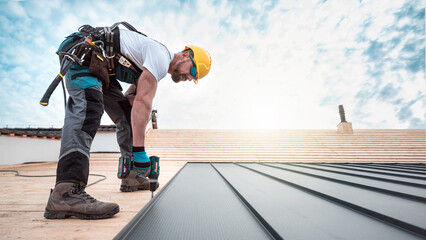
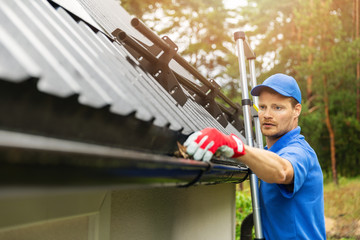
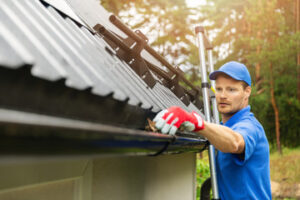 Commercial property owners and managers know the importance of maintaining clear parking lots, sparkling sidewalks and clean windows. It reflects the business, creates positive first impressions and aligns with company policies or local city requirements and guidelines. The same applies for the roof of your building; a dirty roof is not good for a corporate image or could be potentially dangerous for employees and visitors.
Commercial property owners and managers know the importance of maintaining clear parking lots, sparkling sidewalks and clean windows. It reflects the business, creates positive first impressions and aligns with company policies or local city requirements and guidelines. The same applies for the roof of your building; a dirty roof is not good for a corporate image or could be potentially dangerous for employees and visitors.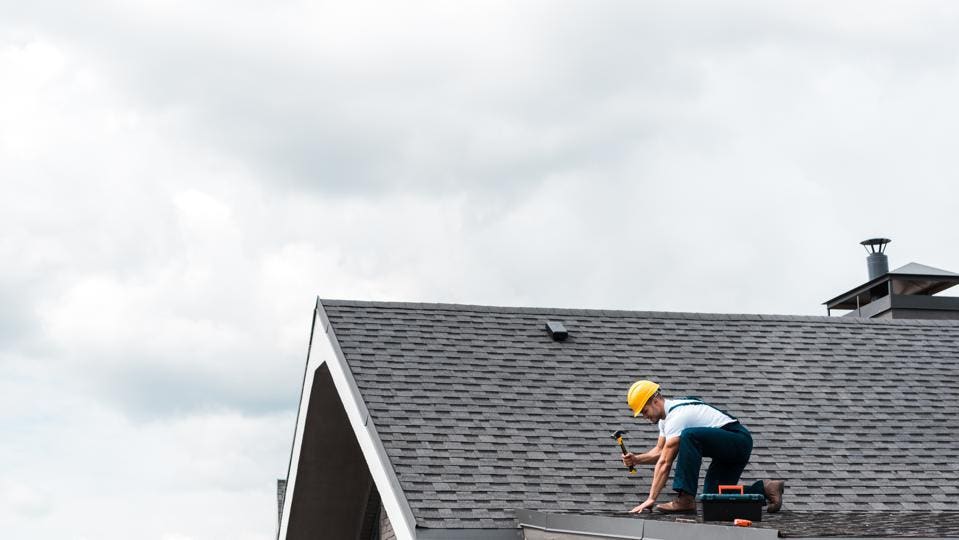
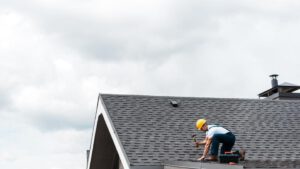
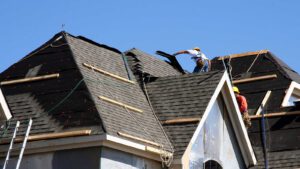
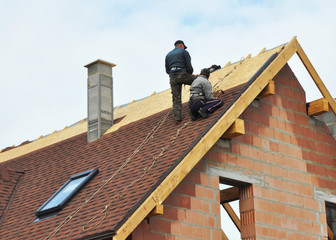
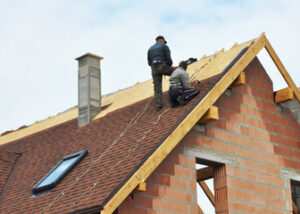 Whether working for a company or a homeowner, roofing professionals must be physically fit and have excellent balance to prevent falls. They must also be detail-oriented when handling materials, such as shingles or slates. As a result, roofers need to have excellent hand-eye coordination and strong manual dexterity. Roofing jobs require extensive manual dexterity. They must also be able to use tools, measure accurately, and work in tight spaces. In addition, roofers must be physically fit, as they spend long hours standing on their feet and in hot temperatures.
Whether working for a company or a homeowner, roofing professionals must be physically fit and have excellent balance to prevent falls. They must also be detail-oriented when handling materials, such as shingles or slates. As a result, roofers need to have excellent hand-eye coordination and strong manual dexterity. Roofing jobs require extensive manual dexterity. They must also be able to use tools, measure accurately, and work in tight spaces. In addition, roofers must be physically fit, as they spend long hours standing on their feet and in hot temperatures.